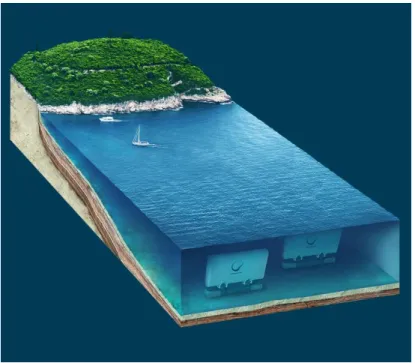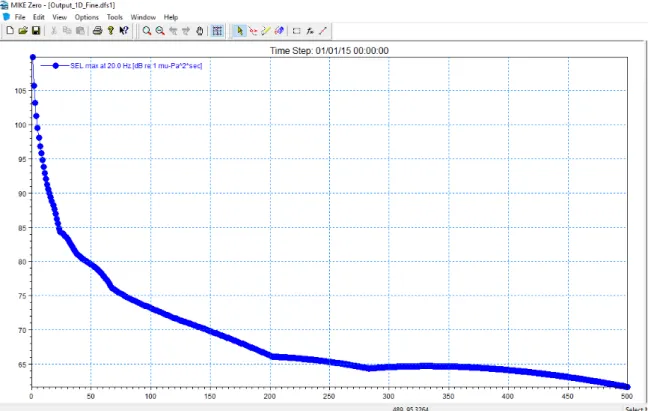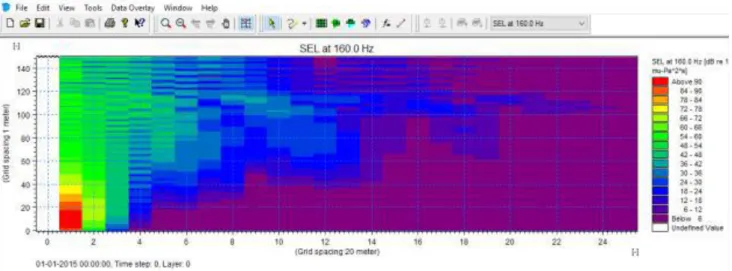Underwater noise propagation models and its application in renewable energy parks: WaveRoller Case Study
Texto
Imagem




Documentos relacionados
No presente trabalho, foi possível observar o comportamento operacional e eficiência de remoção dos perturbadores endócrinos (PEs) bisfenol-A (BFA), utilizando-se
However, if the firms can reach a binding agreement on vertical structures, they will prefer to remain disintegrated: profit of an integrated firm under full
The models use Takagi- Sugeno-Kang-type (TSK-type) fuzzy rule to study the effect of four (input) cutting parameters (cutting speed, feed rate, radial depth of cut and axial depth
Regulates the procedures for payment of daily rates, Indenizatory Support, and Assistance of Representation by the Medicine Regional Council of Paraná (CRM-PR) and
Não tendo acompanhado no tempo a transformação social, científica, cultural e política desencadeada pela Segunda Vaga do Fe- minismo nas décadas de 60 e 70, desde cedo,
The probability of attending school four our group of interest in this region increased by 6.5 percentage points after the expansion of the Bolsa Família program in 2007 and
This study analyzed the influence of input parameters as belt speed (cutting speed), grit size and pressure on the output parameters as surface roughness, cutting force (sanding